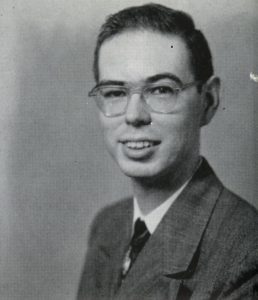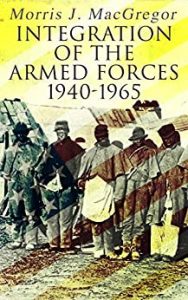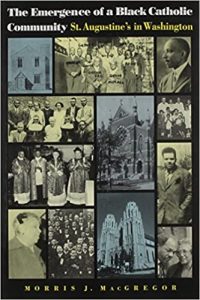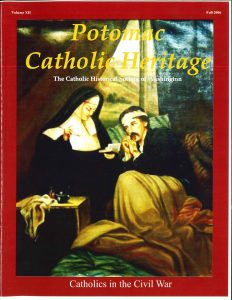
MacGregor was born on October 11, 1931 in Washington, D.C. to Morris J. MacGregor, Sr. (1903–1979), a paper salesman, and Lauretta Cleary MacGregor, a homemaker. He grew up in nearby Silver Spring, Maryland, and attended the now defunct Catholic boy’s school at Mackin, the old St. Paul’s Academy, in Northwest Washington. He earned his bachelor’s in 1953 and his master’s in 1955, both in History, from Catholic University, and also studied at Johns Hopkins University, 1955–1959, and the University of Paris on a Fulbright Scholarship, 1960–1961. He was an affiliate of the U.S. Army Center of Military History in Washington, D.C., 1959–1960. He then served as an historian of the Historical Office of the Joint Chiefs of Staff in Washington, 1960–1966, then as Acting Chief Historian of the U.S. Army Center of Military History, 1966–1991.

One of his books, The Integration of the Armed Services, 1940–1965 (1981), received a commendation from then-Secretary of Defense Caspar Weinberg and is still considered an authoritative account of this sensitive subject. In it, MacGregor addresses how the military moved from reluctant inclusion of a few African Americans to their routine acceptance in a racially integrated establishment. This process was, he argues, part of the larger response to the civil rights movement that challenged racial injustices deeply embedded in American society. MacGregor’s book also explores the practical dimensions of integration, showing how the equal treatment of all personnel served the need for military efficiency. His other military studies include two edited works with Bernard Nalty—the 13-volume Blacks in the Armed Forces (1977) and Blacks in the Military: Essential Documents (1981)—as well as Soldier Statemen of the Constitution (1987), co-authored with Robert K. Wright, and The United States Army in World War II: Reader’s Guide (1992), co-authored with Richard D. Adamczyk.

A practicing Catholic, MacGregor authored several books on American Catholic History, including The History of the John Carroll Society, 1951–2001 (2001), published by the John Carroll Society in Washington, D.C., and three published by Catholic University Press. The first was A Parish for the Federal City: St. Patrick’s in Washington, 1794–1994 (1994). St. Patrick’s is the oldest Roman Catholic parish in Washington, D.C., witnessing the city’s evolution from a struggling community into a world capital. As Washington’s mother church, MacGregor argues it transcended the usual responsibilities of an American parish; its diverse congregation has been pivotal in shaping both national policies and the history of the Catholic Church in the United States. The second was The Emergence of a Black Catholic Community: St. Augustine’s in Washington (1999), which presented in detail the history of race relations in church and state since the founding of the Federal City. MacGregor relates St. Augustine’s from its beginning as a modest chapel and school to its development as one of the city’s most active churches. Its congregation has included many of the intellectual and social elite of African American society as well as poor immigrant newcomers contending with urban life. The third was Steadfast in the Faith: The Life of Patrick Cardinal O’Boyle (2006), an account of the churchman responsible for the racial integration of D.C. Catholic Schools as well as a driving force in Catholic Charities.

MacGregor was a member for many years of the Catholic Historical Society of Washington, D.C., serving as co-editor and contributor, along with friend and fellow Catholic University alum Rev. Paul Liston, of the Society’s quarterly glossy magazine, Potomac Catholic Heritage (previously the Society’s Newsletter), 2005–2015. Issues of the publication are archived in the Special Collections at Catholic University along with many records that were central to MacGregor’s research on the American Catholic Church, especially in relation to African Americans (see our research guide on African American History Resources).
